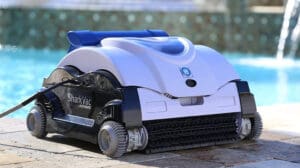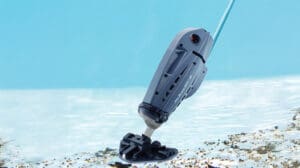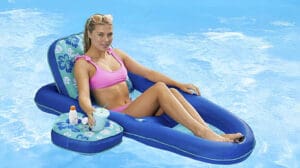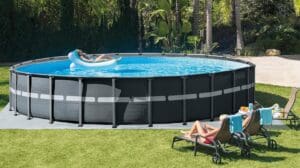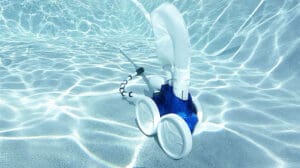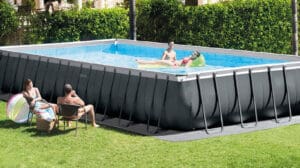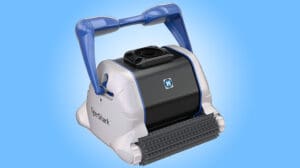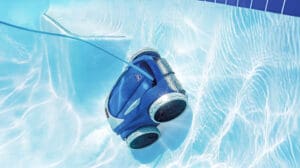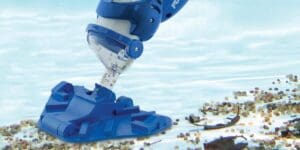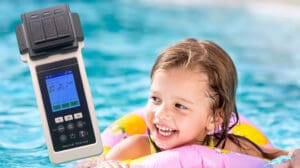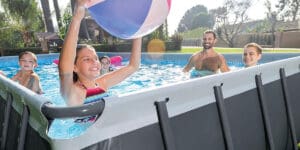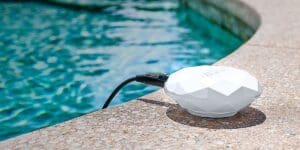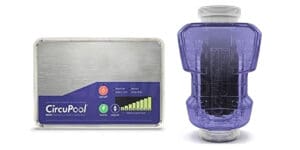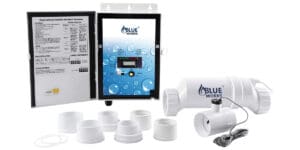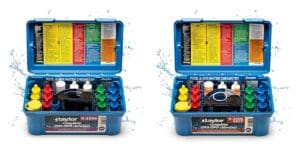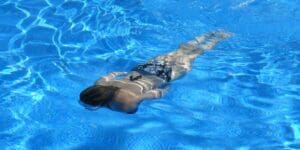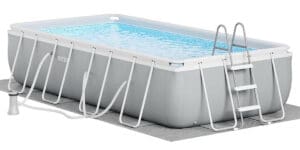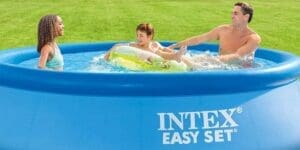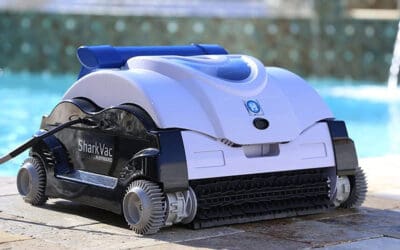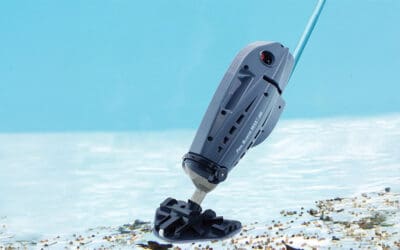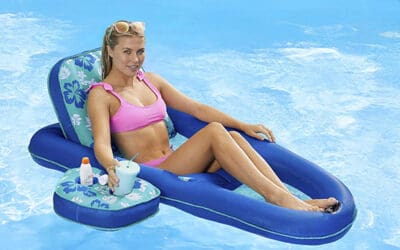Tired of spending hours struggling with pool maintenance? Rest assured, mastering the vacuuming process doesn’t have to be a daunting task. By following a few simple yet effective techniques, you can streamline your pool cleaning routine and achieve a picture-perfect swimming oasis. Discover how to effortlessly keep your pool crystal clear and inviting without the hassle.
Key Takeaways
- Proper pool cleaning preparation is essential for a successful vacuuming process.
- Regular maintenance of pool pump and filter ensures efficient debris removal.
- Master manual vacuuming techniques to effectively clean pool surfaces.
- Use and maintain robotic or suction cleaners for convenient and thorough pool cleaning.
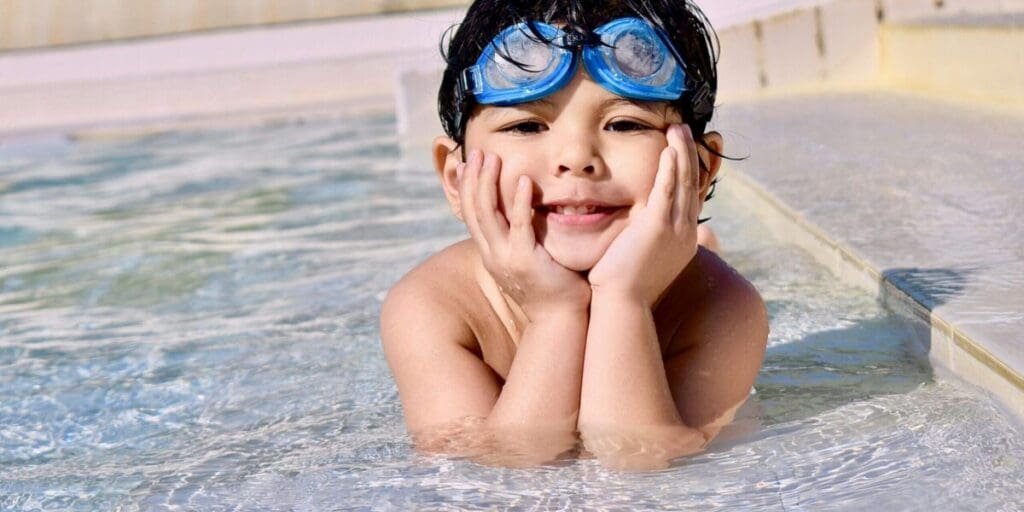
Pool Cleaning Preparation Steps
Before diving into vacuuming your pool, ensure you brush the pool walls using appropriate cleaning tools to remove dirt, algae, and debris effectively. Inspect the pool meticulously for any issues that may hinder the vacuuming process. Clear away debris and toys from the pool area to prevent clogs and ensure a smooth cleaning operation. This thorough debris removal will make the vacuuming process more efficient and prevent any potential damage to your equipment. By taking these preparatory steps seriously, you set the stage for a successful pool cleaning session. Once you have properly cleared the area and inspected the pool, you are ready to proceed with the vacuuming process, knowing you have laid a solid foundation for a pristine pool.

Efficient Pool Pump and Filter Check
To ensure optimal performance, regularly check your pool pump and filter operation. Pump efficiency is crucial for maintaining clean water and proper circulation. Inspect the pump for any signs of leaks, unusual noises, or reduced water flow. Ensure the pump is primed, and the strainer basket is clean. Additionally, remember to monitor the filter maintenance. Clean or replace the filter according to the manufacturer’s recommendations to prevent debris buildup and maintain water clarity. Properly functioning filters trap dirt and impurities, keeping your pool water crystal clear. By staying on top of pump efficiency and filter maintenance, you’ll ensure that your pool cleaning process runs smoothly and effectively.
Mastering Manual Pool Vacuuming
For mastering manual pool vacuuming, ensure you assemble the vacuum head, hose, and skimmer vacuum plate correctly before starting the cleaning process. To maximize efficiency, follow these steps to troubleshoot any issues that may arise during the vacuuming process:
| Troubleshooting Techniques | Description | Solution |
|---|---|---|
| Loss of Suction | Check for clogs in the hose | Clear any clogs |
| Ineffective Cleaning | Ensure proper water flow | Adjust hose attachment |
| Stuck Debris | Lift vacuum head slightly | Redirect vacuum to debris |
| Leaks in Hose | Inspect hose for damage | Repair or replace hose |
| Air Bubbles in Pump | Check connections | Tighten connections |
Optimal Robotic & Suction Cleaner Usage
Maximize the efficiency of your pool cleaning routine by utilizing robotic or suction cleaners effectively. When using these cleaners, remember to follow these tips for optimal performance:
- Inspect Your Cleaner: Check for any issues before placing it in the pool.
- Connect Properly: Ensure the cleaner is connected correctly to the filtration system.
- Cleaning Cycle: Allow the cleaner to run through its full cleaning cycle.
- Post-Use Care: Rinse and dry the cleaner after each use for longevity. Remember, when faced with troubleshooting issues, refer to cleaner troubleshooting techniques, and always adhere to maintenance best practices. Keep your equipment clean, stored properly, and maintain water chemistry for a sparkling pool all season long.
Essential Equipment Maintenance Tips
Ensure your pool cleaning equipment is properly maintained for optimal performance and longevity. Proper equipment maintenance involves cleaning, drying, and storing your tools correctly. Here are essential equipment maintenance tips to keep your pool cleaning equipment in top condition:
| Maintenance Tips | Description |
|---|---|
| Clean & Dry Equipment | Rinse and dry manual vacuum after use |
| Rinse Robotic Cleaner | Rinse and dry robotic or suction cleaner after use |
| Proper Storage | Store equipment safely for future use |
| Water Chemistry | Test and adjust water chemistry after vacuuming |
| Regular Inspection | Inspect equipment regularly for any issues or damages |
Conclusion
Congratulations on mastering the art of hassle-free pool cleaning! By following our guide, you have learned the essential steps to efficiently vacuum your pool and maintain a sparkling oasis for relaxation. Remember to regularly check your pool pump and filter, master manual vacuuming techniques, and utilize robotic and suction cleaners for optimal results. With proper equipment maintenance and water chemistry adjustments, you can enjoy a spotless pool with minimal effort. Dive in and enjoy a pristine swimming environment!
Questions & Answers

Q: What Is the Best Way to Prevent Algae Growth in a Pool?
To prevent algae growth in your pool, maintain proper chlorine levels, regularly brush pool walls, and keep water circulating with the pump. Clean skimmer baskets and filters, balance water chemistry, and shock the pool when needed. Ensure good water circulation, scrubbing pool surfaces, and removing debris to deter algae. Follow these pool maintenance tips consistently for a sparkling clean pool free from algae troubles.
Q: How Often Should Pool Filters Be Replaced or Cleaned?
To keep your pool in top shape, remember to maintain your filters regularly. Proper equipment care is key to a clean pool. For optimal performance, clean or replace your filters every 1-2 weeks, depending on usage. If you notice issues like poor water flow, it may be time for a filter check. Keep up with filter maintenance to avoid pool problems and enjoy crystal-clear water all season long.
Q: Can Pool Vacuuming Help With Balancing Water Chemistry?
Vacuuming your pool not only removes debris but also helps balance water chemistry. Water circulation during vacuuming aids in distributing chemicals evenly, preventing algae growth and ensuring water clarity. By regularly vacuuming, you promote a healthier pool environment and make it easier to maintain proper chemical balance. Enjoy a sparkling clean pool while also keeping your water chemistry in check with consistent vacuuming practices.
Q: Is It Necessary to Shock the Pool After Vacuuming?
After vacuuming your pool, it’s essential to shock it to maintain water clarity and cleanliness. Shock frequency depends on your pool usage, weather conditions, and bather load. Shocking helps kill bacteria, algae, and other contaminants that may not be fully removed during regular maintenance. By combining vacuuming benefits with proper shock treatments, you’ll ensure a sparkling clean pool that’s safe and enjoyable for swimming.
Q: What Are Some Common Signs That Indicate a Pool Pump or Filter Is Not Functioning Properly?
If your pool pump is acting up, watch out for low water pressure, unusual noises, or water not circulating properly. For filter issues, be wary of dirty water returning to the pool, high pressure readings, or a decrease in flow rate. Regular pump maintenance and filter troubleshooting can prevent major problems and keep your pool sparkling clean. Keep an eye on these signs to ensure your pool equipment is functioning optimally.































